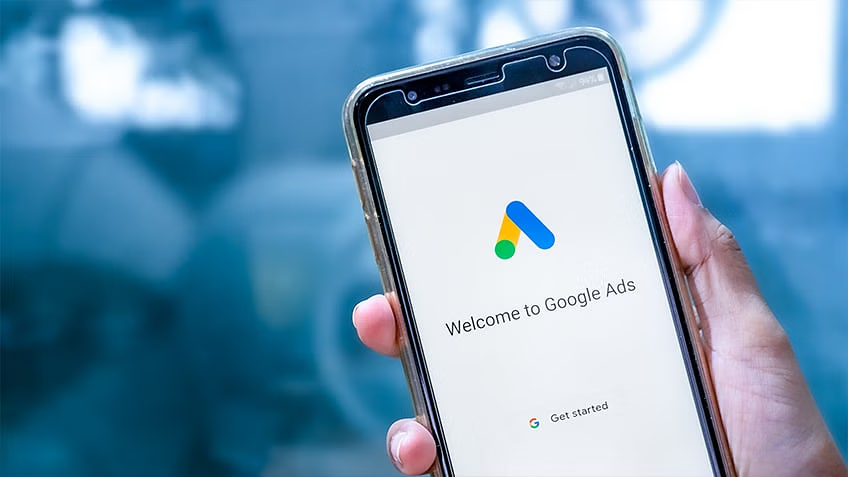
Google reklama has become one of the most powerful tools in digital marketing, enabling businesses of all sizes to target potential customers with precision and scale. However, the real challenge lies not just in running ads, but in ensuring a high return on investment (ROI). Maximizing ROI means turning every dollar spent into greater value and revenue for your business. This article outlines strategic approaches to optimize Google reklama campaigns for better financial outcomes and long-term success Google Ads.
Understand Your Business Goals First
Before launching any Google reklama campaign, it’s essential to have a clear understanding of your business objectives. Are you trying to generate leads, boost sales, drive website traffic, or increase brand awareness? Defining your goals will shape your campaign structure, keyword choices, and ad formats. When your campaigns align with your objectives, you avoid wasting budget on irrelevant clicks and impressions.
If your goal is lead generation, focus on conversion-oriented campaigns using forms or landing pages. For e-commerce, product-based campaigns like Shopping Ads may work best. Clear goals serve as the compass for measuring and optimizing performance.
Focus on Keyword Research and Intent
Effective keyword strategy is the backbone of any successful Google reklama effort. Using high-intent keywords that reflect what your target audience is actively searching for can significantly increase ROI. For instance, keywords like “buy running shoes online” will likely convert better than generic terms like “shoes.”
Utilize tools such as Google Keyword Planner, SEMrush, or Ahrefs to uncover keywords with high search volume and low competition. It’s also important to understand keyword intent—informational, navigational, or transactional—and match your ads accordingly.
Adding negative keywords is another crucial tactic. These prevent your ads from showing for irrelevant searches, saving money and ensuring your budget is focused on qualified prospects.
Use Smart Bidding Strategies
Google reklama offers multiple bidding strategies, each designed for specific outcomes. To maximize ROI, it’s wise to test and adopt smart bidding techniques that use machine learning to optimize for conversions or conversion value.
Strategies like Target ROAS (Return on Ad Spend) or Maximize Conversions automatically adjust your bids based on real-time data. This helps you compete effectively in auctions while ensuring your spending is targeted toward the users most likely to convert.
Manual bidding can still be effective for those who want total control, but smart bidding often delivers better efficiency when scaled appropriately.
Optimize Landing Pages for Conversions
Even the most well-crafted ad will fail to deliver strong ROI if it leads to a poorly designed landing page. The landing page must be relevant, user-friendly, and optimized for conversion.
Ensure that your landing page matches the ad’s message and includes a clear call to action. Fast load times, mobile responsiveness, and intuitive design all contribute to lower bounce rates and higher conversion rates.
Using A/B testing tools like Google Optimize can help refine different elements of your landing page, from headlines and visuals to button placement and copy, ensuring that you maximize the performance of every visitor.
Use Ad Extensions to Enhance Visibility
Ad extensions offer additional information to users and increase the size and impact of your ad on the search results page. Implementing extensions such as sitelinks, callouts, structured snippets, and call extensions can improve your click-through rate and drive more value from your Google reklama budget.
When users have more options or relevant details available within the ad, they are more likely to click and engage. A higher click-through rate also positively influences your Quality Score, lowering your cost-per-click (CPC) and enhancing ROI.
Leverage Audience Targeting
Google reklama offers powerful audience targeting options that go beyond keywords. You can target users based on demographics, interests, behavior, and even remarketing data. This precision allows you to deliver ads to people who are most likely to convert, thereby maximizing efficiency.
Remarketing campaigns, in particular, are highly effective. By targeting users who have previously interacted with your website or app, you re-engage warm leads and increase the likelihood of conversion at a lower cost.
You can also create custom intent audiences based on user behavior, ensuring your ads are served to people actively researching or comparing products similar to yours.
Monitor Performance and Optimize Regularly
Running a Google reklama campaign is not a set-it-and-forget-it activity. Continuous monitoring and optimization are key to sustaining and increasing ROI over time. Review your campaign performance regularly using Google Ads and Google Analytics.
Look at metrics like CTR (click-through rate), CPC (cost per click), conversion rate, bounce rate, and Quality Score. Identify underperforming ads or keywords and pause or replace them. Likewise, allocate more budget to high-performing campaigns or ad groups.
Split-testing ad creatives, headlines, and offers ensures you’re always improving and adapting based on real user behavior. Campaigns that are closely monitored consistently outperform those that are left idle.
Test Different Ad Formats
Google reklama includes various ad formats such as Search Ads, Display Ads, Shopping Ads, Video Ads, and Performance Max. To maximize ROI, test multiple formats to see which resonates best with your target audience.
For example, Display Ads are great for brand awareness, while Search Ads work well for capturing intent-based searches. Performance Max campaigns use automation to serve your ads across all Google channels, including YouTube, Discover, Maps, and Gmail.
Diversifying your ad formats allows you to reach users at different stages of the buying journey, increasing your chances of conversion and overall campaign success.
Use Conversion Tracking Effectively
If you’re not tracking conversions properly, you’re operating in the dark. Accurate conversion tracking enables you to see which keywords, ads, and campaigns are driving results—and which ones aren’t.
Set up conversion tracking in Google Ads using tags or through integrations with platforms like Google Tag Manager. Track not only purchases or leads but also micro-conversions like email signups, time on site, or product views, depending on your goals.
Attributing value to different touchpoints helps you make informed decisions about where to scale and where to cut back, significantly improving ROI over time.
Allocate Budget Strategically
Even with the best strategies, a misaligned budget can dilute performance. Allocate more budget to high-performing campaigns and reduce spend on those that don’t deliver. Consider dayparting—adjusting bids based on time of day or week—so your budget is spent when your audience is most active.
Seasonal trends, industry events, and promotional periods should also guide budget decisions. Be agile and reallocate resources as data comes in, making sure every dollar is contributing to your business growth.
Final Thoughts
Maximizing ROI with Google reklama is a multifaceted effort that requires strategic planning, continuous testing, and in-depth analysis. From identifying goals and targeting the right audience to optimizing ad creatives and landing pages, each component plays a role in enhancing performance. By implementing smart bidding strategies, leveraging audience data, and tracking conversions effectively, businesses can unlock the full potential of Google reklama and drive measurable results.





